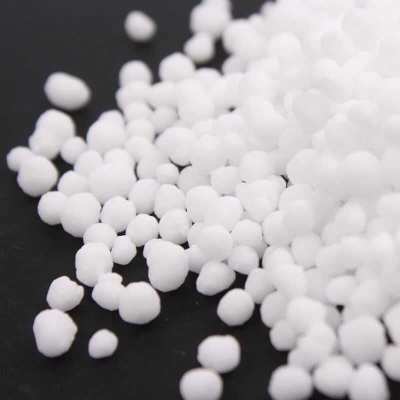-
Categories
-
Pharmaceutical Intermediates
-
Active Pharmaceutical Ingredients
-
Food Additives
- Industrial Coatings
- Agrochemicals
- Dyes and Pigments
- Surfactant
- Flavors and Fragrances
- Chemical Reagents
- Catalyst and Auxiliary
- Natural Products
- Inorganic Chemistry
-
Organic Chemistry
-
Biochemical Engineering
- Analytical Chemistry
- Cosmetic Ingredient
-
Pharmaceutical Intermediates
Promotion
ECHEMI Mall
Wholesale
Weekly Price
Exhibition
News
-
Trade Service
Recently, the team of Professor Tao Chen from the University of Science and Technology of China studied the properties of deep-level defects in antimony sulfide (Sb 2 S 3 ) films, and established the dependence of the deep-level defects of low-dimensional antimony sulfide on its structure and stoichiometric ratio.
, Reveals the unique defect mechanism of low-dimensional materials, thereby providing a new idea for adjusting the properties of such materials and preparing high-quality solar cell thin-film materials
.
The result was published in Nature communications (2021, 12, 3260) under the title "Revealing composition and structure dependent deep-level defect inantimony trisulfide photovoltaics"
.
Antimony sulfide is an emerging photovoltaic material with a band gap of 1.
7 eV, which is very suitable as a top cell light-absorbing material for tandem solar cells
.
In addition, antimony sulfide has a unique quasi-one-dimensional crystal structure, and antimony sulfide film materials are expected to greatly reduce the existence of dangling bonds, thereby reducing surface and interface recombination
.
(Image source: University of Science and Technology of China)
In this work, the film element composition was controlled by the vacuum gas phase method to prepare antimony and sulfur-rich antimony sulfide films
.
The study confirmed the purity of the material through a variety of element and structural characterization methods, which is very important for the analysis of defect properties
.
The first author of the paper is Lian Weitao, a doctoral student in the School of Chemistry and Materials Science, University of Science and Technology of China, and the corresponding author is Professor Tao Chen from the School of Chemistry and Materials Science, University of Science and Technology of China
This research was supported by the National Natural Science Foundation of China, the Ministry of Science and Technology, and the Hefei National Research Center for Microscale Physical Science







